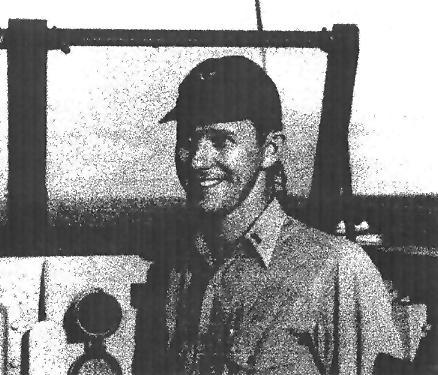
|
For several weeks preceding the Japanese attack on Pearl Harbor the routine for the Helena was quite straight forward. On Monday morning along with other cruisers and destroyers we would hoist anchor and leave Pearl for a week at sea. It was a week filled with fleet maneuvers, day and night gunnery practice, searchlight drill, and countless other exercises to sharpen the skill of officers and men. At week's end we returned to Pearl for much needed rest, relaxation and minor ship repairs.
The battleship Pennsylvania, flagship of the Pacific Fleet, and one of the primary targets marked for destruction, moved from her normal berth at Ten-Ten dock into a dry-dock for repairs. The Helena moved into that vacant berth for repairs to the forward anchor engine. By that move, the Helena received the attention the Japanese pilots had planned for the Pennsylvania.
Like many of my shipmates I was late getting up that morning preferring the extra sleep to eating breakfast. It was about 0750 when the loud speaker, located next to my bunk blared, "All hands man your battle stations, Japanese planes attacking Ford Island, this is no drill, break out the service ammunition.
After the attack I learned that signalman Charlie Flood who saw he Japanese bomb Shanghi in 1932 recognized the distinctive "red meat ball" markings on the planes. He watched in disbelief as a torpedo plane skimmed low over Ford Island and release its torpedo at the Helena and the mine-sweeper Oglala moored to our starboard side. |

